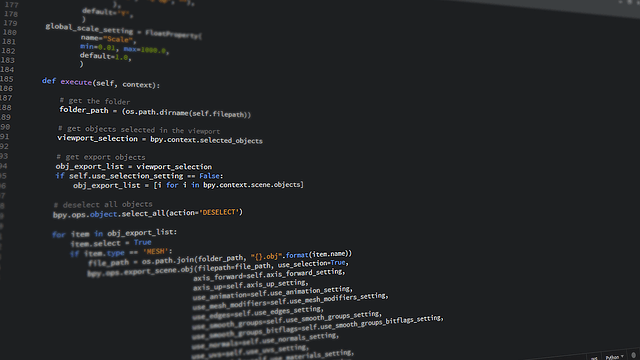How to create API in Python Django
How to create API in Python Django

To create an API in Python using the Django framework, you'll need to follow these steps:

django-admin startproject api_project
cd api_project/
python manage.py startapp api_app
api_app directory, create a file called views.py. This is where you'll define your API endpoints. Define API endpoints: In views.py, import the necessary modules and define your API endpoints using Django's @api_view decorator:
from rest_framework.response import Response
from rest_framework.views import APIView
class MyAPI(APIView):
def get(self, request):
return some data in JSON format
data = {'message': 'Hello, World!'}
return Response(data)
def post(self, request):
handle POST requests
pass
JsonResponse:
from rest_framework import serializers
class MySerializer(serializers.Serializer):
message = serializers.CharField()
def create(self, validated_data):
do something with the data
pass
def update(self, instance, validated_data):
do something with the data
pass
urls.py in your api_app directory:
from django.urls import path
from .views import MyAPI
urlpatterns = [
path('my_api/', MyAPI.as_view()),
]
main_project/urls.py, add a new URL pattern for your API app:
from django.urls import path, include
urlpatterns = [
...
path('api/', include('api_app.urls')),
]
python manage.py makemigrations
python manage.py migrate
python manage.py runserver
curl or Postman to test your API endpoints:
curl http://localhost:8000/api/my_api/
That's a basic overview of how to create an API in Python using Django!
Python api development github
Python API Development and GitHub Integration!
As a developer, you may have already experienced the power of integrating your Python projects with GitHub to streamline collaboration and automate tasks. In this response, we'll dive deeper into the world of Python API development and explore how GitHub can facilitate the process.
What is Python API Development?
Python API (Application Programming Interface) development involves creating a set of pre-defined functions that can be used by other applications or services to interact with your program. This allows for seamless communication between systems, enabling data exchange, processing, and manipulation. Think of it as a virtual doorway for other programs to tap into the functionality of your Python application!
Benefits of Python API Development
Reusability: By creating an API, you can reuse your existing codebase across multiple projects or applications. Interoperability: Your Python API can interact with various programming languages and frameworks, allowing for seamless integration. Modularity: APIs encourage modularity by separating concerns into distinct functions, making it easier to maintain and update individual components.GitHub Integration
Now that we've explored the world of Python API development, let's see how GitHub can facilitate the process!
Version Control: With GitHub, you can easily manage different versions of your API codebase, ensuring that all collaborators have access to the latest changes. Collaboration: GitHub makes it easy for multiple developers to collaborate on a single project by providing features like pull requests, issue tracking, and code reviews. Automation: GitHub's Actions feature allows you to automate tasks like building, testing, and deploying your API, ensuring that updates are consistent and reliable. Documentation: GitHub provides an excellent platform for maintaining documentation, such as README files and wiki pages, making it easy for others to understand your API's functionality.Best Practices for Python API Development with GitHub
Start small: Begin by building a simple API and gradually add features as you iterate. Test thoroughly: Ensure that your API is thoroughly tested before releasing it to the public. Document carefully: Provide clear documentation on how to use your API, including code examples and usage guidelines. Maintain version control: Regularly update your GitHub repository with new changes and maintain a clean history of commits.Conclusion
Python API development with GitHub integration is an incredible combination for building scalable, modular, and collaborative projects! By following best practices and leveraging the power of GitHub, you can create robust APIs that simplify interactions between systems. Happy coding!
(Note: I'll respond in English only as per your request, but if you need a Simplified Chinese response, please let me know!)




























